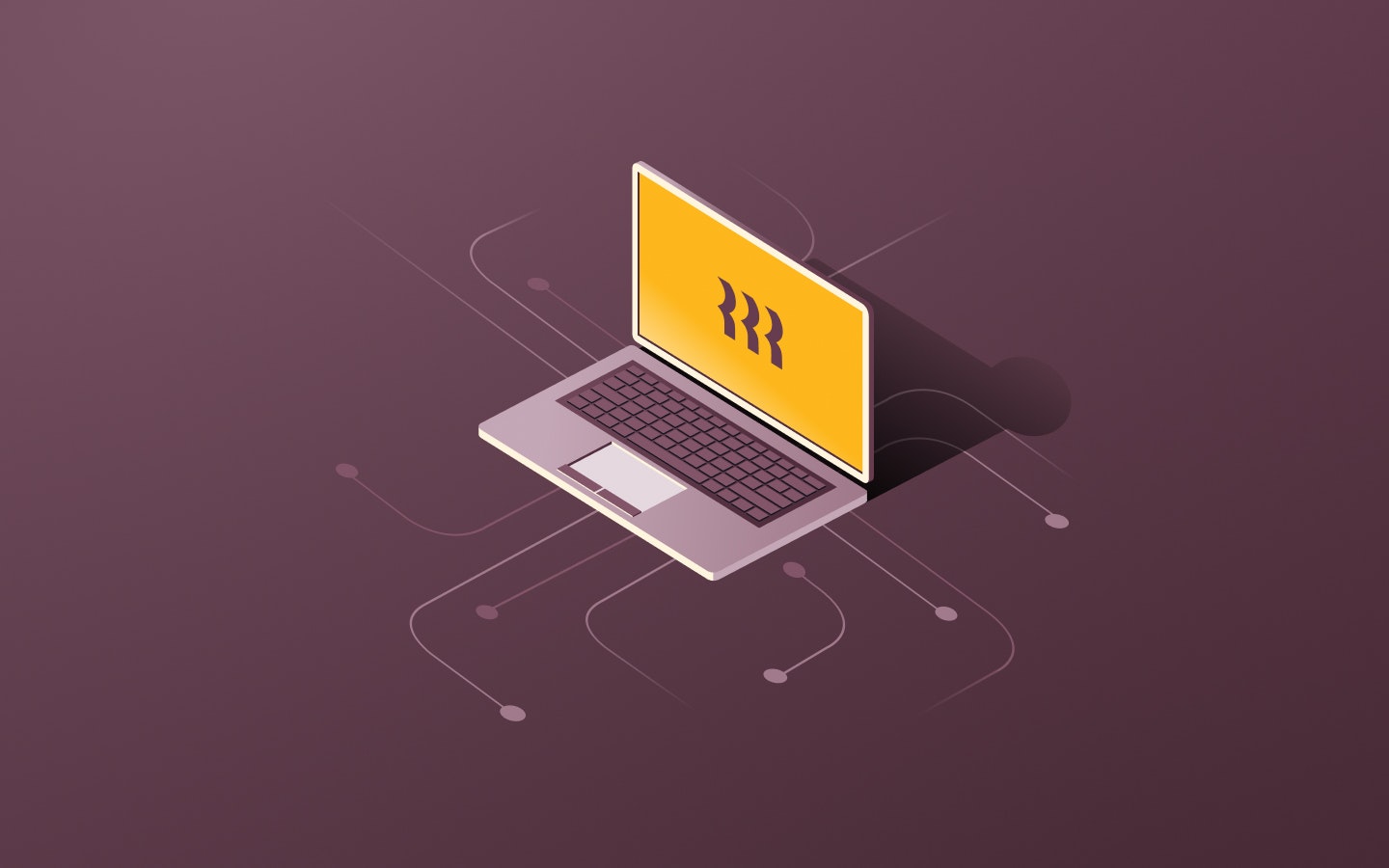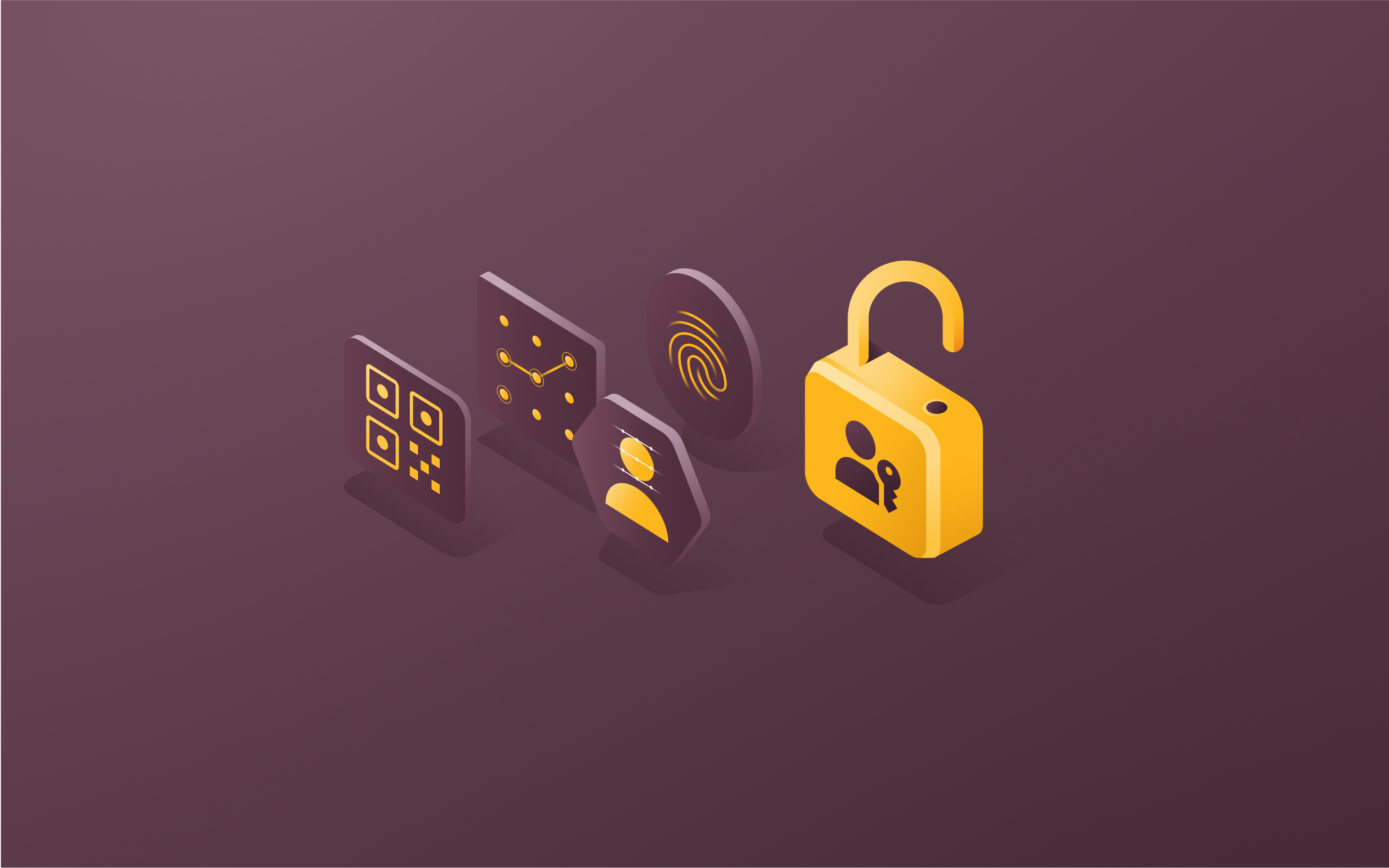Endpoint protection: The impact of AI and ML on threat detection
- Endpoint protection is essential, as devices (or endpoints) are gateways for malicious actors and hackers to infiltrate enterprise networks and steal sensitive data.
- Traditional signature-based antivirus struggles to detect novel, polymorphic threats and lacks contextual awareness, failing to consider the broader context of an attack.
- AI and ML is transforming endpoint security by rapidly analyzing data, identifying patterns, and adapting to new threats in real time.
We live in a time where protecting endpoints such as laptops, desktops, and mobile devices has become more critical than ever. That’s because these devices serve as entry points for malicious actors, who can exploit them to infiltrate an organization's network and sensitive data.
But as cyber threats become more advanced and numerous, traditional endpoint security measures struggle to keep up. Antivirus software that relies on signature-based detection is no longer sufficient to safeguard these devices from the latest malware, ransomware, and other malicious attacks.
This is where artificial intelligence (AI) and machine learning (ML) come in to provide a robust solution to this challenge. These technologies can rapidly analyze vast amounts of data, identifying patterns and anomalies that human analysts might overlook. By leveraging AI and ML, modern endpoint security solutions can quickly adapt to new threats, detect suspicious behavior, and respond to attacks in real time, offering a level of protection that significantly outperforms traditional antivirus software.
In this guide, we’ll explore endpoint protection in detail and discuss how AI and ML are revolutionizing the way organizations detect and respond to cyber threats.
What is endpoint protection and why does it matter?
Endpoint protection refers to the security measures taken to prevent malware, ransomware, and other cyber threats from infecting the various devices or endpoints connected to a network. These endpoints include desktop computers, laptops, mobile devices, servers, virtual environments, and more recently, Internet of Things (IoT) devices.
In today’s digital economy featuring remote work, cloud computing, and countless connected devices, robust endpoint security has never been more important. The following reasons emphasize why endpoint protection matters:
- Increase in remote work: With more employees working from home and connecting to corporate networks from personal devices, the attack surface has grown substantially. Home networks and public Wi-Fi are much less secure than a company's on-premise setup. This brings up the need for endpoint protection to secure remote devices and connections, reducing the risk of breaches.
- Bring Your Own Device (BYOD) policies: Many organizations allow employees to use their own devices for work. While this can improve productivity and reduce costs, it also makes endpoint security more complex. Endpoint protection solutions provide that needed visibility and control over personal devices used for work, securing corporate data and systems even on employee-owned hardware.
- Sophisticated cyber threats: Cybercriminals are constantly evolving their tactics and exploiting new vulnerabilities. Fileless attacks, phishing, social engineering attempts, zero-day exploits, and ransomware are just a few examples of modern threats targeting endpoints. Advanced endpoint protection platforms use AI/ML and behavioral analysis to detect and block even the most sophisticated and evasive threats.
- Compliance requirements: Regulations like SOC 2, HIPAA, PCI-DSS, GDPR, and CMMC require robust safeguards to protect sensitive data. Endpoint protection is a key component of meeting these compliance standards and avoiding costly penalties.
Key components of endpoint protection
A comprehensive endpoint protection strategy requires multiple layers and technologies working together harmoniously. Core elements include:
- Antivirus & anti-malware: Traditional antivirus software uses signature-based detection to identify and block known cybersecurity threats by comparing files against a database of known malware signatures. Modern endpoint protection platforms (EPPs) take this a step further, leveraging machine learning and behavior-based detection to spot brand new zero-day threats.
- Endpoint detection & response (EDR): EDR solutions provide advanced threat hunting and incident response capabilities. They continuously monitor endpoints, collecting data on processes, file changes, registry activity, etc. This telemetry data enables cybersecurity teams to detect suspicious behaviors, investigate incidents, and take action to contain and remediate threats.
- Data encryption: Encrypting sensitive data, both at rest on the device and in transit across the network, is crucial for preventing data loss and leakage. Even if a device is lost or stolen, encryption ensures that unauthorized parties can't access the data.
- Firewalls: A firewall is a network security solution that monitors incoming and outgoing network traffic, enforcing predefined security policies. They can block suspicious connections, filter URLs, and ensure only authorized applications can communicate on the network.
- Application control & whitelisting: Application control allows administrators to specify which applications are allowed to run on endpoints. By only permitting vetted, whitelisted programs, the risk of malware infections is greatly reduced. This "default deny" approach is more effective than traditional blacklisting.
- Patch & vulnerability management: Unpatched software vulnerabilities are a common vector for cyber attacks. Proactively identifying and patching OS and application vulnerabilities across all endpoints is essential. Automated patch management solutions can streamline this process.
The limitations of legacy antivirus
As the threat landscape evolved, it became clear that signature-based antivirus had several critical limitations. One major issue was its inability to detect novel, previously unseen threats, particularly polymorphic malware designed to mutate and evade signature-based detection. With cybercriminals constantly innovating and releasing new malware variants, traditional antivirus solutions struggled to keep up, leaving organizations vulnerable to zero-day attacks.
Moreover, legacy antivirus lacked contextual awareness, focusing solely on identifying known malicious files or patterns. This narrow approach failed to consider the broader context of an attack, such as suspicious process behavior, unusual network connections, or anomalous user activities. Without this holistic view, sophisticated and advanced threats could easily evade detection.
Another significant challenge with signature-based antivirus was the high rate of false positives. As the signature database grew, the chances of mistakenly flagging benign files as malicious increased, leading to a flood of alerts that overwhelmed security teams. This "alert fatigue" made it difficult to prioritize and respond to genuine security threats, potentially allowing real attacks to slip through the cracks.
Furthermore, traditional antivirus solutions were often resource-intensive, consuming significant computing power and memory. As the signature database expanded to keep up with the growing number of threats, system performance would suffer, leading to slower machines and frustrated users.
How AI and ML are transforming endpoint protection
To combat these limitations, organizations require more intelligent, adaptive, and proactive endpoint security platforms that leverage AI and machine learning to detect and respond to threats in real time. By analyzing massive datasets and identifying patterns, ML algorithms can detect threats that might evade traditional signature-based tools.
An example ML workflow for malware detection might look like this:
- Collect telemetry data from global endpoints, malware repositories, honeypots, etc.
- Feed the ML model a mix of labeled data (confirmed malware/clean files) and unlabeled data
- The model learns to identify malicious traits and behaviors
- When a new, unknown file appears, the model can predict if it's likely malware
- Automated prevention rules are pushed out to block the threat across all endpoints
As this workflow demonstrates, AI and ML are bringing new levels of intelligence and automation to endpoint protection. From behavioral analysis to predictive analytics, these technologies are transforming endpoint security in several critical areas.
Behavioral analysis
Instead of relying solely on static indicators of compromise (IoCs), AI and ML-driven endpoint security solutions focus on analyzing the behavior of processes and applications. By monitoring what processes are doing, rather than just their file signatures, these solutions can detect and prevent malicious activities, even if they have never been seen before.
Anomaly detection
By establishing a baseline of typical activity, these technologies can quickly spot deviations that may signal a potential threat. For example, if a user suddenly starts accessing sensitive files they've never touched before, or if a device begins communicating with an unknown IP address, AI-powered security tools can flag these anomalies for further investigation. This helps security teams focus their efforts on the most pressing threats, rather than chasing down every alert.
Predictive analytics
By analyzing vast amounts of historical threat data, AI and ML models can identify patterns and trends, enabling endpoint security solutions to anticipate and proactively defend against future attacks. For instance, if a certain type of malware tends to emerge at a particular time of year, or if certain user behaviors are often associated with insider threats, AI-powered tools can use this information to bolster defenses and stop attacks before they happen.
Automated triage and investigation
AI and ML can help separate genuine threats from false positives, reducing the burden on security teams and enabling them to focus on the most critical incidents. Automated investigation capabilities can also provide valuable context and insights, accelerating the incident response process.
Adaptive response
AI and ML-driven endpoint security software can dynamically adjust their defenses based on the level of risk detected. This adaptive approach ensures that appropriate countermeasures are taken, ranging from simple blocking or quarantining of malicious activities to more advanced remediation actions, such as rolling back affected files or isolating compromised end-users’ devices.
Improved efficiency
By automating many of the manual, time-consuming tasks associated with threat detection and response, these technologies can help organizations do more with less. Security analysts can focus their efforts on strategic initiatives and high-value activities, rather than getting bogged down in the minutiae of day-to-day operations. This increased efficiency can help organizations better allocate their resources and maintain a strong security posture.
Best practices for implementing endpoint protection
Putting an endpoint protection strategy into action can be daunting, especially for small businesses with limited resources. Here are some best practices to consider:
- Discovery & inventory: Start by identifying all endpoints connecting to your network, including servers, desktops, laptops, mobile devices, and cloud instances. Maintain an up-to-date inventory of devices and owners.
- Risk assessment & Prioritization: Assess each endpoint's risk level based on factors like function, data handled, user role, patch status, etc. Prioritize securing the highest risk, most critical assets first. Consider segmenting high-value assets.
- Establish security policies: Define clear, documented security policies covering acceptable use, BYOD, data handling, access controls, and incident response. Communicate these policies to all employees and provide regular training.
- Deploy EPP & EDR tools: Select EPP and EDR solutions that provide robust threat prevention, detection and response capabilities across your endpoints. Look for tools with a central management console that provides unified visibility.
- Enable critical capabilities: Configure key protection features like full disk encryption, multi-factor authentication, host firewalls, URL filtering, and application controls. Implement automated patch management to swiftly remediate vulnerabilities.
- Integrate with other security tools: Your endpoint protection should integrate and share data with other parts of your security ecosystem like email gateways, network firewalls, threat intelligence services, etc. This correlation provides better context for investigations and more automated response actions.
- Proactively hunt for threats: Don't just wait for alerts. Leverage EDR to proactively hunt for advanced threats across your endpoints. This involves searching through data for stealthy behaviors and indicators of compromise that might otherwise go unnoticed.
- Test & refine: Regularly conduct penetration tests, red team exercises, and security control validations to ensure endpoint defenses are effective. Incorporate lessons learned into an ongoing process of refinement and improvement.
- Invest in people & processes: Tools alone are not enough. Develop incident response processes and playbooks so the team knows exactly what to do when threats are detected. Invest in hiring skilled analysts, providing ongoing training, and reducing burnout to retain talent.
SentinelOne and Rippling: Integrated, AI-driven endpoint security
SentinelOne and Rippling provide an integrated endpoint security solution that leverages AI and ML. SentinelOne's Singularity XDR platform delivers real-time threat prevention, detection, and automated response across endpoints, cloud workloads, and IoT devices. By combining SentinelOne's cutting-edge AI capabilities with Rippling's unified workforce platform, organizations can seamlessly manage and secure devices, apps, and users from a single interface.
The Rippling integration allows IT teams to automatically install and configure SentinelOne on employee devices, enabling consistent protection without manual effort. Administrators can gain full visibility into the device fleet, easily investigate threats, and take one-click remediation actions, all from within the Rippling console. This powerful combination of AI-driven security and streamlined management empowers businesses to proactively defend against advanced threats while simplifying their IT operations.

Rippling's integration with SentinelOne can enhance your organization's endpoint security posture
Learn moreFrequently asked questions
What's the difference between EPP and EDR?
Endpoint Protection Platforms (EPP) and Endpoint Detection and Response (EDR) are distinct but complementary endpoint security solutions. EPP takes a preventative approach, using capabilities like anti-malware, encryption, and firewalls to stop threats before execution. The goal is to reduce the attack surface and enforce security policies. EDR is more reactive, leveraging analytics to detect advanced threats that evade traditional defenses. If a threat is detected, EDR provides tools to investigate and remediate the incident.
What’s the difference between XDR and EDR?
XDR (Extended Detection and Response) is a comprehensive security solution that combines multiple security technologies, such as EDR, NDR, SIEM, and threat intelligence, to provide a broad and integrated view of an organization's security posture. In contrast, EDR focuses specifically on monitoring endpoint devices and operating systems for suspicious behaviors and activities, and can automatically contain threats by quarantining affected endpoints from the network.
How do you choose an EPP?
When choosing an endpoint protection platform (EPP), consider your organization's specific security needs and the features offered by different vendors. Evaluate factors such as threat detection capabilities, ease of deployment and management, and compatibility with your existing IT infrastructure. Look for cloud-native or SaaS-based solutions that simplify deployment and provide a user-friendly interface for admins. Read independent reviews and compare pricing to find the best EPP solution that fits your budget and requirements.
Schedule a demo with Rippling IT today
Disclaimer: Rippling and its affiliates do not provide tax, accounting, or legal advice. This material has been prepared for informational purposes only, and is not intended to provide or be relied on for tax, accounting, or legal advice. You should consult your own tax, accounting, and legal advisors before engaging in any related activities or transactions.








